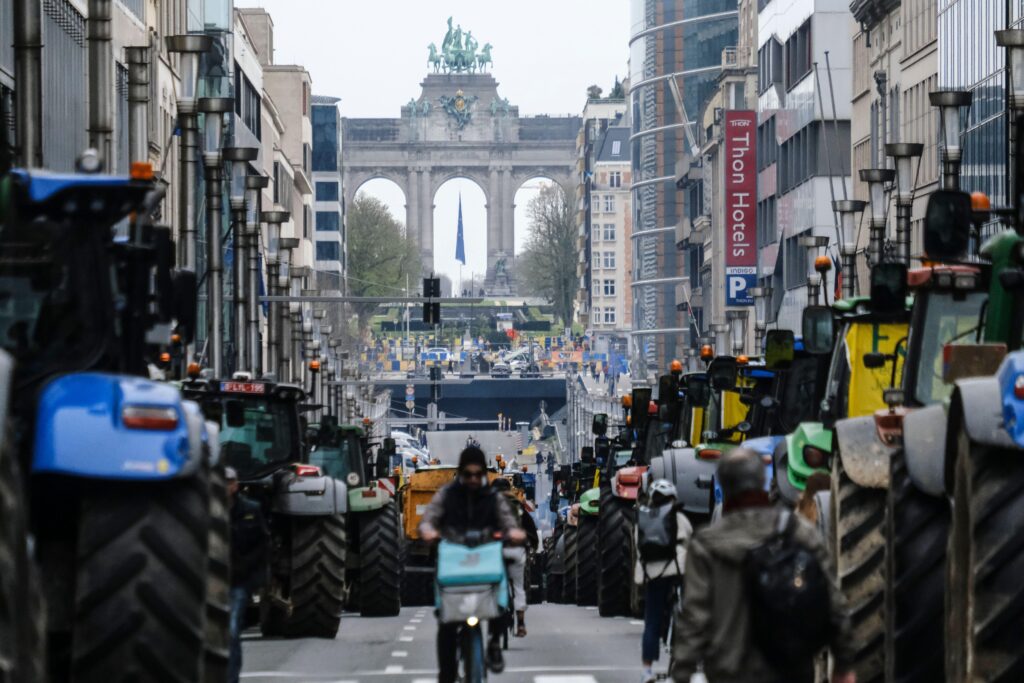By Alex Kirby for Climate News Network
Yet another team of researchers has concluded that the much-debated global warming ‘pause’ which preoccupied climate science around the turn of the century simply did not happen.
If their work continues to win support from other researchers, it will leave those who have argued that the pause was real with some explaining to do.
Some scientists have argued that there was a pause, or hiatus, in the rate of global warming recorded from 1998 to 2013, and that this cast doubt on the conclusion of the Intergovernmental Panel on Climate Change (IPCC) that the available evidence showed the world had continued to warm.
Other researchers said variously that the pause had never started, or blamed changes in the trade winds. Many said the pause (or its absence) were anyway irrelevant, because the long-term global warming trend was continuing unabated.
Some argued that the “missing” heat had been absorbed by oceans, a few that volcanic discharges might have masked sunlight, some that it was simply evidence of a natural cycle, others that in a longer time series the apparent slowdown became invisible.
Now an international team of climate researchers, after re-analysing existing data and studies, says there has never been a statistically significant pause.
This conclusion holds, they say, whether considering the supposed pause as a change in the rate of warming in observations, or as a mismatch in rate between observations and expectations from climate models. Their findings are published in two papers in the journal Environmental Research Letters.
In other words, they say, there is no reason to doubt that warming continued as mainstream climate scientists argued it would, nor to doubt the methods they used, including climate modelling. But there are reasons to ask why the non-existent pause was so enthusiastically promoted by some scientists and others.
Unsupported by data
Dr James Risbey, from CSIRO Australia, is the lead author of one of the studies, which reassessed the data and put it into historical context.
He said: “Our findings show there is little or no statistical evidence for a ‘pause’ in GMST [global mean surface temperature] rise. Neither the current data nor the historical data support it … there was never enough evidence to reasonably draw any other conclusion.
“Global warming did not pause, but we need to understand how and why scientists came to believe it had, to avoid future episodes like this. The climate-research community’s acceptance of a ‘pause’ in global warming caused confusion for the public and policy system about the pace and urgency of climate change.
“That confusion in turn might have contributed to reduced impetus for action to prevent greenhouse climate change. The risks are substantial.”
Biassed interpretation
Professor Stephan Lewandowsky, from the University of Bristol, UK, is the lead author of the companion study, which looks at the alleged mismatch between the rate of global warming in observations and climate models.
He said: “We found the impression of a divergence – that is, a divergence between the rate of actual global warming and the model projections – was caused by various biases in the model interpretation and in the observations. It was unsupported by robust statistics.”
Despite this, the authors point out that by the end of 2017, the ‘pause’ was the subject of more than 200 peer-reviewed scientific articles. Many of these articles do not give any reason for their choice of start year for the ‘pause’, and the range spans 1995 to 2004.
Professor Lewandowsky said: “This broad range may indicate a lack of formal or scientific procedures to establish the onset of the ‘pause’. Moreover, each instance of the presumed onset was not randomly chosen but chosen specifically because of the low subsequent warming. We describe this as selection bias … some of the biases that affect the datasets and projections were known, or knowable, at the time.”
Contrarian pressure
When the researchers re-analysed the data, accounting for the selection bias problem, they found that no evidence for a divergence between models and observations existed at any time in the last decade.
They offer several possible reasons why some scientists believed climate warming lagged behind modelled warming. One co-author, Professor Naomi Oreskes, from Harvard University, US, said: “An explanation lies in the constant public and political pressure from climate contrarians.
“This may have caused scientists to feel the need to explain what was occurring, which led them inadvertently to accept and reinforce the contrarian framework.”
Dr Dann Mitchell, a climate scientist at the University of Bristol, who was not involved with either study, said: “Given the fast pace of increasing climate change understanding, the conclusions of this paper will be very relevant for the inevitable future ‘apparent’ climate contradictions that emerge over time.”
Image: NASA/Public Domain
Subscribe to our newsletter
Stay up to date with DeSmog news and alerts







